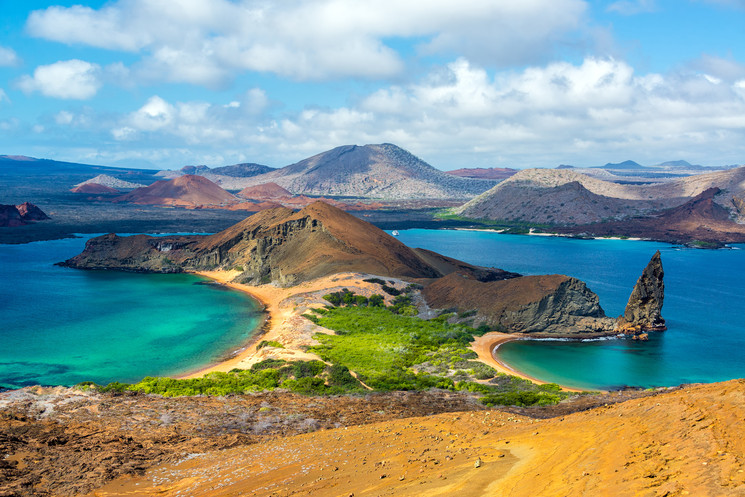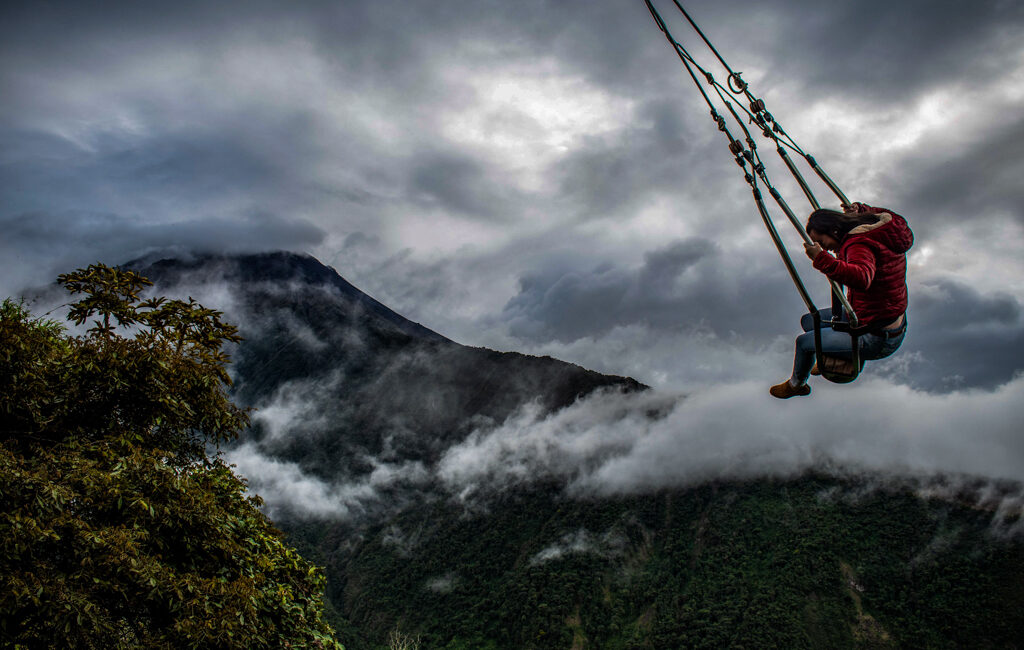
A COMBINATION OF NATURE, COSMOPOLITAN CITIES, AND ANCIENT CULTURES
The article below was originally written in Spanish by Condé Nast Traveller writer Patricia Rey Mallén. We love it and have translated it to English for you. Want to practice your language skills? We highly recommend checking out the Spanish version. For your ease, we’ve used the same layout and pictures.
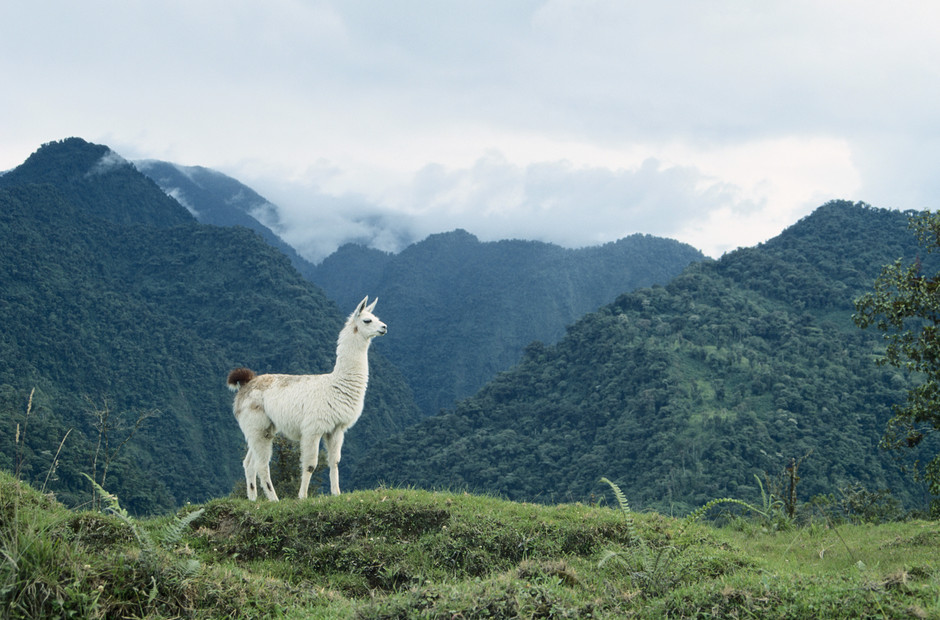

If we’d hold a popularity competition for travel destinations in South America, Ecuador would not win the first prize. It probably wouldn’t even appear in the top three.
The country is continuously surpassed by the appeal of its more famous neighbors. Yeah, Brasil’s playas might be more impressive and only a few of the continents (or the world’s) ancient ruins cast shade on the prominent Machu Picchu… but that has not prevented Ecuador of carving itself a spot in the South American itinerary of more than one adventurer, bit by bit and without raising any noise.
Whoever dares to get into the heart of this seemingly forgotten corner of the continent, awaits a more than nice surprise. Jumping between the Pacific and the Andes, from the jungle of the Amazon to the desert, Ecuador has it all: mountains, jungle, and beach, splashed with cosmopolitan cities, adrenaline-filled rivers, and ancient cultures.
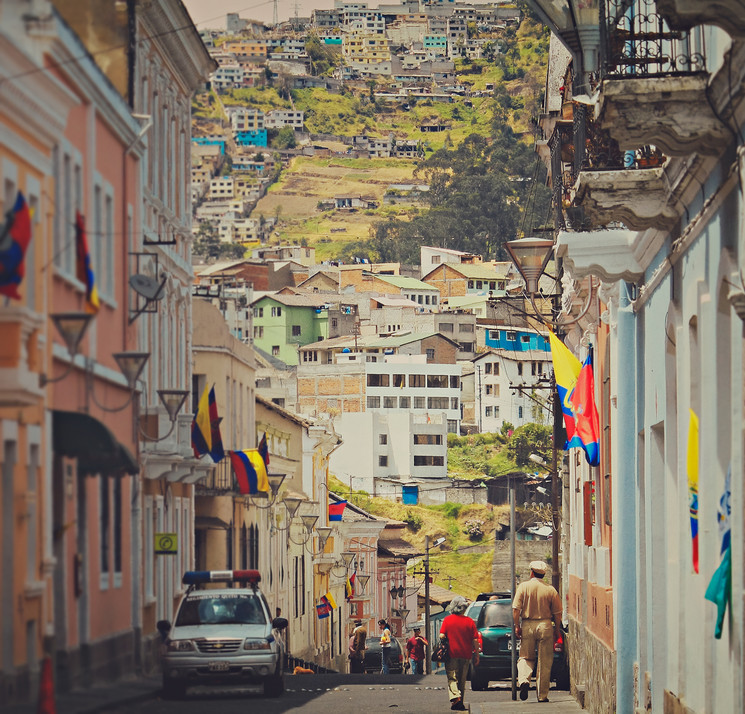

QUITO
The first surprise awaits after disembarking the plane, in the colonial wonder that is its capital, Quito.
Dramatically located in the middle of the Andean mountain range, Quito is a hodgepodge of cathedrals, palaces, and cobble-stoned streets. Life occurs on the rhythm of Sunday markets and religious festivities.
The crown jewel Quiteña is the city’s ancient blueprint, which is why it was the first (!) in South America to take home the UNESCO title of World Heritage Site.
This labyrinth of squares and churches unravels between slopes and hills (Quito, and Ecuador in general, is many things, but plain is not one of them), and the day is divided between late breakfasts in the Plaza Grande, next to the National Palace, lunch in the Ronda Street and nocturnal life of the Plaza Foch.
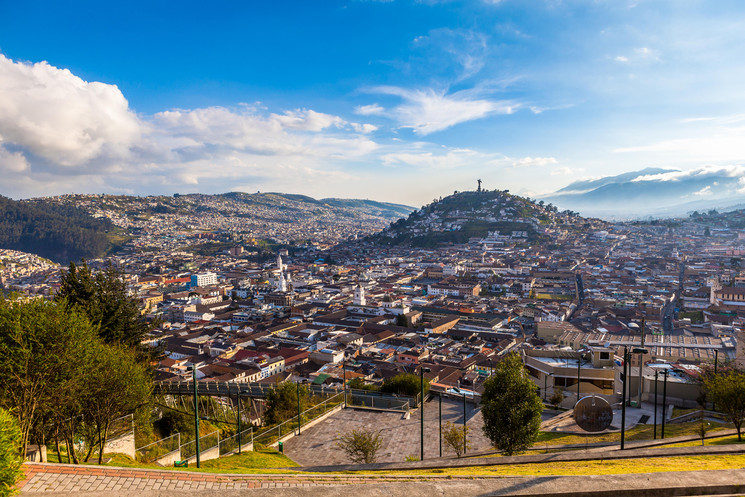

CUENCA
Once you’ve got your breath back, head to the other Andean urban queen: Cuenca. The heart of the southern Andes is one of the most beautiful cities in South America, with a historic center that rivals that of Quito in beauty, importance, and the ability to make a foothold in the visual memory of every traveler meandering its alleys.
The center of Cuenca is a place forgotten in time, and entering it is the closest equivalent to entering the sixteenth century, date of its construction.
The San Sebastián Plaza and Church is the daily meeting point for the Cuencano’s. Every afternoon it transforms into a traditional painting with children in uniform, nuns on their evening stroll, and social gatherings between neighbors. Quito may have left you breathless, but Cuenca will steal your heart.
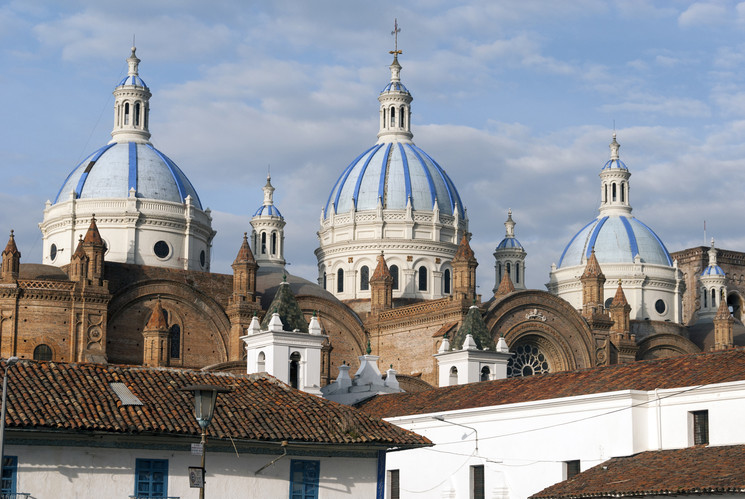

GUAYAQUIL
At sea level, Guayaquil may lack the charm of Quito and Cuenca, but it has something neither of them has: access to the coast.
The largest city in Ecuador is not going to win any urban award, but it may win over some fans thanks to the Malecón (a boardwalk), the picturesque neighborhood of Las Peñas, and its “we are here to have a good time” attitude.
The vast majority of travelers pass one or two nights in Guayaquil on their way to the beach or to catch a flight to the Galapagos, but, really, what is the rush?
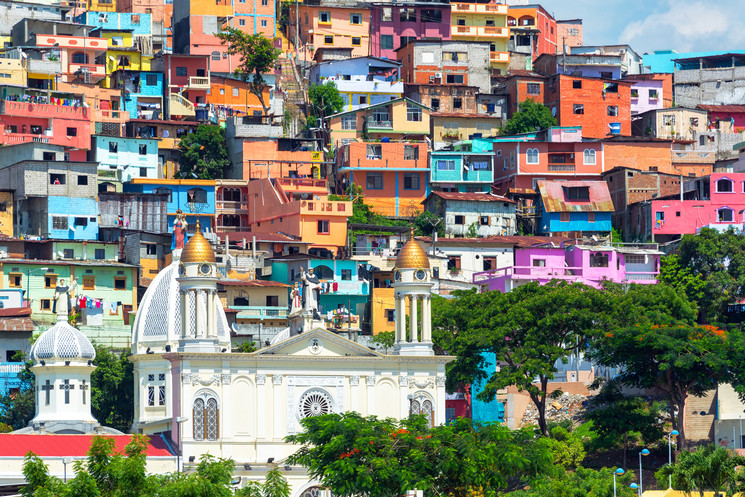

NATURE
If you didn’t come to Ecuador to explore the cities (and, frankly, such is the case for most travelers), you will not know where to start: in terms of landscapes and nature, Ecuador has (almost) everything.
You want mountains? Done: the Andes mountain range, Ecuador’s backbone, runs from north to south, all along the east of the country, providing Quito and Cuenca, in addition to numerous towns such as Baños, Otavalo and Mindo, with dramatic landscapes, a privileged climate, and multiple opportunities for adventure sports.
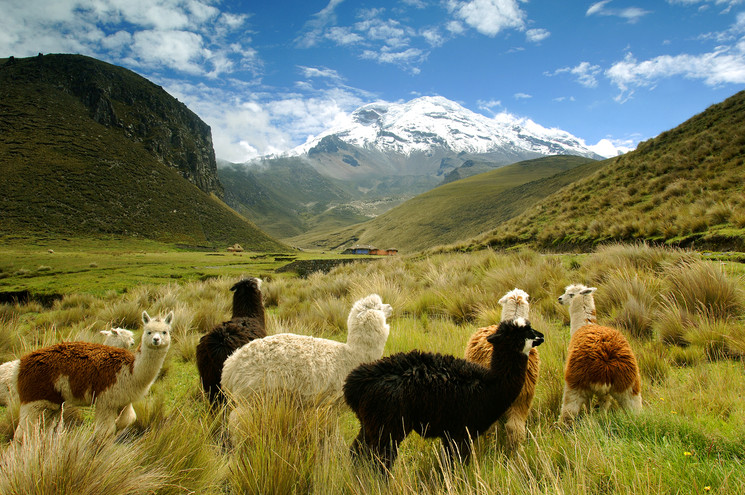

You want the jungle? You got it: the Amazon basin reaches the south of the country, embracing Baños (where the jungle meets the Andes) and opening up to the public in the Yasuní and Cuyabeno national parks, two of the most diverse biospheres in the world that include Illustrious residents such as jaguars, pumas, eagles, and tapirs.
You want a world-class unique ecosystem, where species live that cannot be found anywhere else on the planet?
Welcome to the Galapagos Islands! This Pacific archipelago, a Natural World Heritage Site, is unrivaled in terms of travel and nature experiences.
Only in Galapagos can you get close to prehistoric reptiles and rub elbows with albatrosses, cormorants, and nightingales with an unthinkable closeness anywhere else in the world.
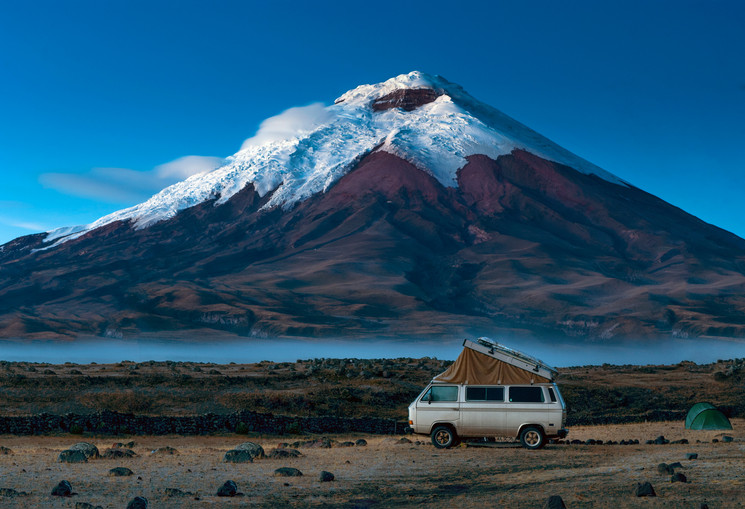

Ecuador has all of these compelling reasons to come and pay a visit, and it is super easy for you to see them all. The small size of the country makes it very easy to travel a good part of it by bus in a short time, and the rest is accessible by a short flight (with the exception of the Galapagos … but the three hours by plane are more than worth it).
You want one more reason, just in case? All right, Ecuador has one of the most stable climates in the world. Being right on the equator, the country has no seasons as such.
This monotonous climate is reflected in daily life: in Ecuador, news or newspapers do not include weather forecasts, and the weather is not part of daily conversations.
In fact, if it were not for the changes in temperature that are associated with the differences in altitude (it is warmer on the coast than in the mountains), we could affirm without hesitation that Ecuador lives in an eternal spring.
